A very common problem found in the nursery concerns young women seedlings that stretch too much. But why these seedlings spin? The reasons for the problem are to be found in the environmental conditions in which the seedbed itself is made. The phenomenon, in fact, occurs when there is scarcity of light and little space available for the single shoot.
In this article, therefore, we see what problems the spun seedlings have and the countermeasures that the farmer can take to limit the inconvenience.
The seedlings stretch due to lack of light
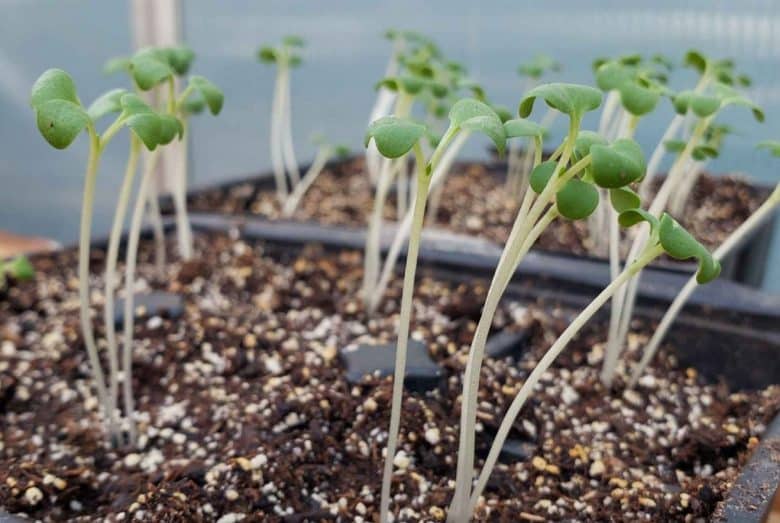
A very common practice among hobbyist farmers, which allows you to self-produce vegetable seedlings and to enhance the recovery of local varieties and ecotypesis that of store the seeds. Making the seedbed, however, is not as simple as you might think. We know that in nursery seedlings grow in perfect conditionsboth in terms of light, irrigation, temperatures, soil, etc.
Reproducing such conditions on a small scale is difficult, especially when it comes to lighting. The main reason why the seedlings in the seedbed get longer (or “spin”, in technical jargon) is precisely the lack of light.
What happens to a seedling that spins due to lack of light?
Most of the plants are heliophilic, i.e. they grow well in direct sunlight, from which it draws nourishment thanks to the chlorophyll photosynthesis.
This attitude is no exception to very widespread vegetable plants reproduced in seedbeds, such as: tomato, sweet pepper, eggplant, zuchinis, hemp, basil, chili Peppers, pumpkin etc. The lack of light during the growing period in the seedbed causes, as mentioned, the phenomenon of spinning. The plants, in an attempt to seek the light, stretch too much with the first leaves, failing to develop a thickened and robust stem. The stem of the spun plants therefore becomes very thin, subject to breakage and rot. To understand it with certainty, you can observe the bending of the stem, which tends towards the nearest light source.
The risk of planting spun plants, accustomed to growing in the shade, is that of a crop failure already in the initial stages.
How to solve the problem
This phenomenon of elongated stem plants is very accentuated in seedbeds kept indoors or outdoors but in the shade. To overcome this problem, just move the seedbed near a window where a lot of light enters. If you are outdoors, however, just move it to a place that receives direct sunlight for at least a few hours during the day. However, direct exposure to the sun has a drawback, namely the rapid evaporation of the water which keeps the little soil of the seedbed moist. For this, it will be necessary to take greater care in irrigation, wetting the earth more than once a day. If the lump of earth dries up and remains exposed to the sun for too long, the seedlings risk drying out.
The seedlings stretch due to lack of space
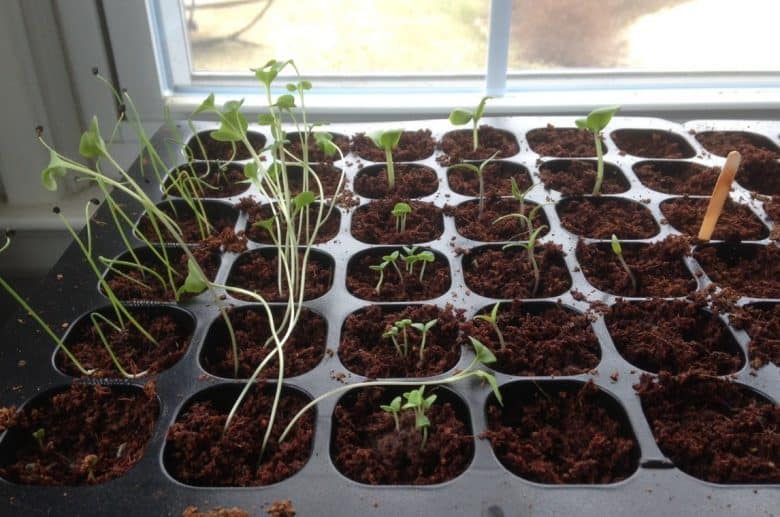
Another factor that determines the spinning of the seedlings in the seedbed is the lack of space. This happens when you sow too dense and the sprouts are born attached to each other. Having no space laterally, the seedlings stretch upwards.
The phenomenon is often observed in tomato seedbeds, where, erroneously, it is customary to spread hundreds of seeds in very little space.
The advice is to sow more precisely, for example using polystyrene containers, where a maximum of 1 or 2 seeds are left in each hole.

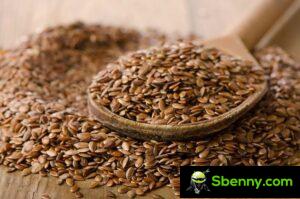

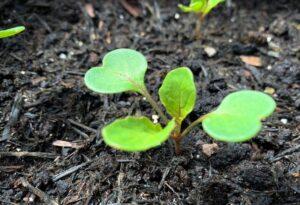
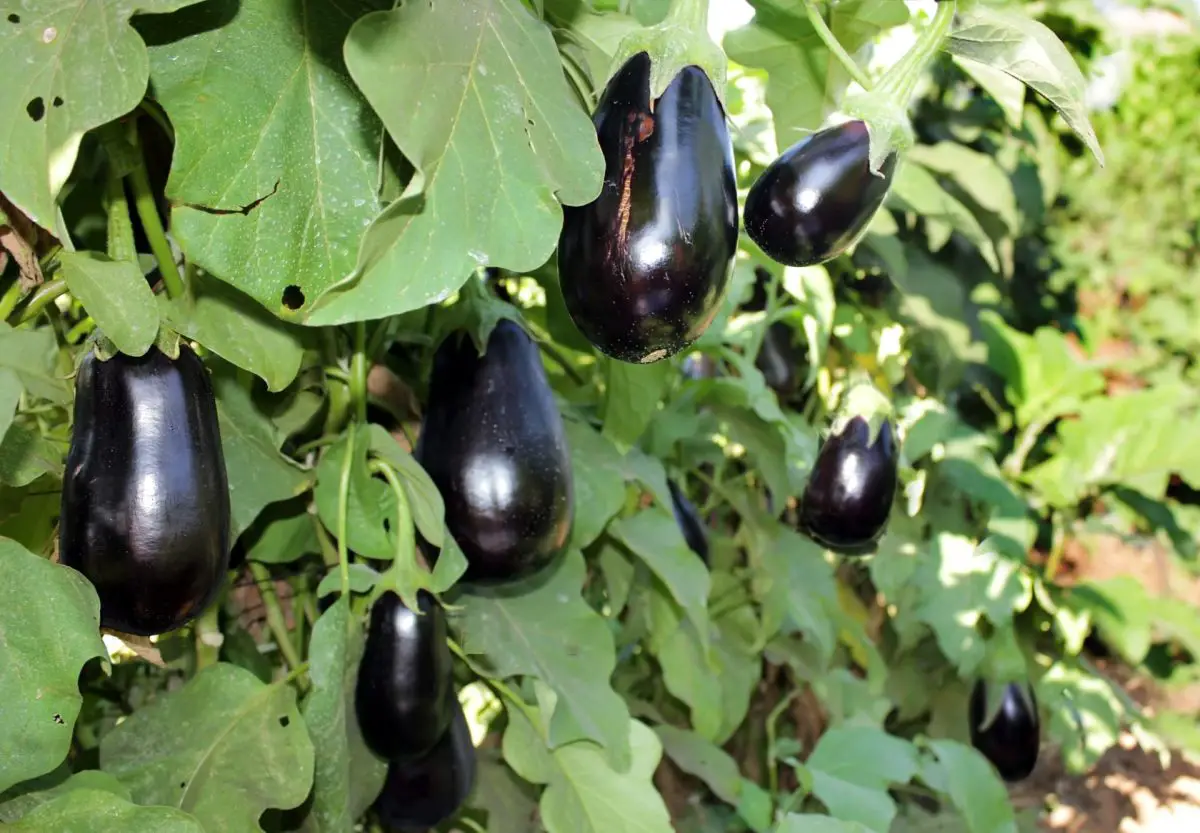
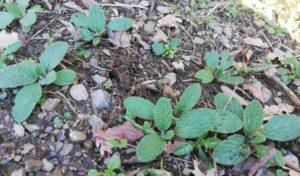
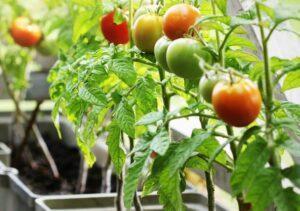
Start a new Thread